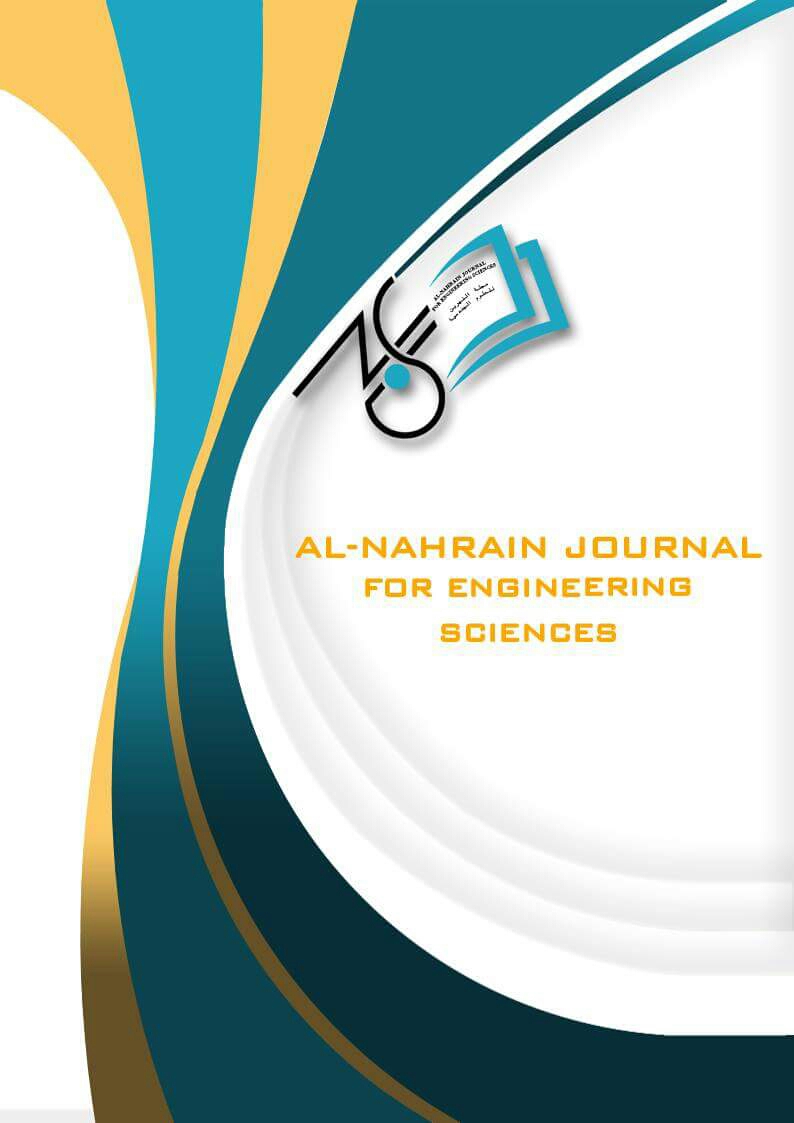Abstract
Mobility limitations in stroke survivors yield negative impacts on the quality of life for such individuals. Rehabilitation is needed to help them recover and regain mobility. Accordingly, this study aims to design and validate a “Robotic Exoskeleton” intended for stroke rehabilitation. The basic principles of this robotic exoskeleton device are its dependence on electromyography signal and electronic microcontroller to provide an efficient physiotherapy exercises system.
The robotic exoskeleton is a one degree of freedom which performs the flexion and extension of the elbow joint. After the design was completed, 19 subjects participated in this study: 4 healthy subjects, and 15 post-stroke patients.
The results showed the benefit of robotic exoskeleton in increasing the elbow range of motion, where angle of elbow flexion was raised from the first physiotherapy session to maximum elbow flexion in the last session.
The robotic exoskeleton is a one degree of freedom which performs the flexion and extension of the elbow joint. After the design was completed, 19 subjects participated in this study: 4 healthy subjects, and 15 post-stroke patients.
The results showed the benefit of robotic exoskeleton in increasing the elbow range of motion, where angle of elbow flexion was raised from the first physiotherapy session to maximum elbow flexion in the last session.
Keywords
Electrode
Exoskeleton
MyoWare
physiotherapy
stroke
Abstract
يؤدي تحدد الحركة في مرضى السكتة الدماغية إلى تأثيرات سلبية على نوعية الحياة لهؤلاء الأفراد. هناك حاجة لإعادة التأهيل لمساعدتهم على الشفاء واستعادة التنقل. وبناءً على ذلك، تهدف هذه الدراسة إلى تصميم وتطبيق "هيكل خارجي روبوتي" من أجل إعادة تأهيل مرضى السكتة الدماغية. المبدأ الرئيسي لعمل هذا الجهاز هو اعتماده على اشارة تخطيط العضلة الكهربائي و السيطرة الالكترونية المايكروية لتوفير نظام فعال لتدريبات العلاج الطبيعي.
يؤدي جهاز المسند الخارجي حركة واحدة وهي حركة الثني والمد لمفصل المرفق. بعد ان اكتمل تصميم الجهاز، شارك 19 شخصًا في هذه الدراسة: 4 أشخاص أصحاء و 15 مريضًا بعد السكتة الدماغية.
أظهرت النتائج فائدة الجهاز في زيادة زاوية حركة مفصل المرفق، حيث كان هناك ارتفاع بزاوية انحناء مفصل المرفق من الجلسة الاولى الى اعلى زاوية انحناء في الجلسة الاخيرة.
يؤدي جهاز المسند الخارجي حركة واحدة وهي حركة الثني والمد لمفصل المرفق. بعد ان اكتمل تصميم الجهاز، شارك 19 شخصًا في هذه الدراسة: 4 أشخاص أصحاء و 15 مريضًا بعد السكتة الدماغية.
أظهرت النتائج فائدة الجهاز في زيادة زاوية حركة مفصل المرفق، حيث كان هناك ارتفاع بزاوية انحناء مفصل المرفق من الجلسة الاولى الى اعلى زاوية انحناء في الجلسة الاخيرة.
